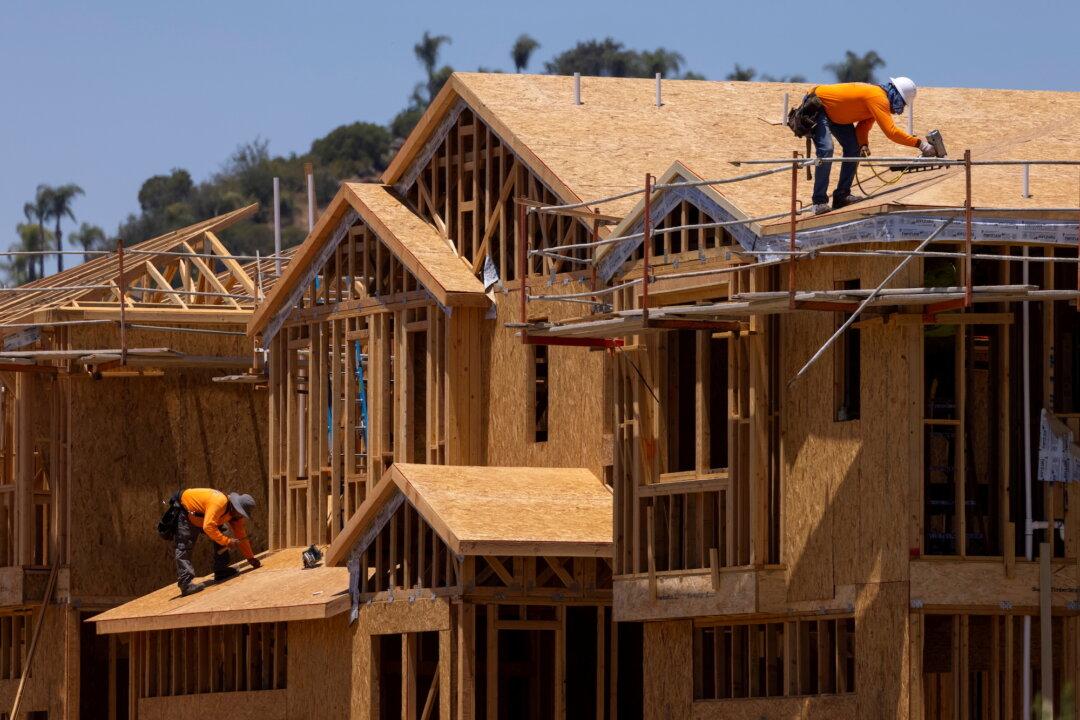Home prices hit a record high again in May, amid a worsening supply shortage in the housing market.
The sharp jump in mortgage interest rates in last year caused an overheated housing market to slow down, but the slump did not last long.

Home prices hit a record high again in May, amid a worsening supply shortage in the housing market.
The sharp jump in mortgage interest rates in last year caused an overheated housing market to slow down, but the slump did not last long.